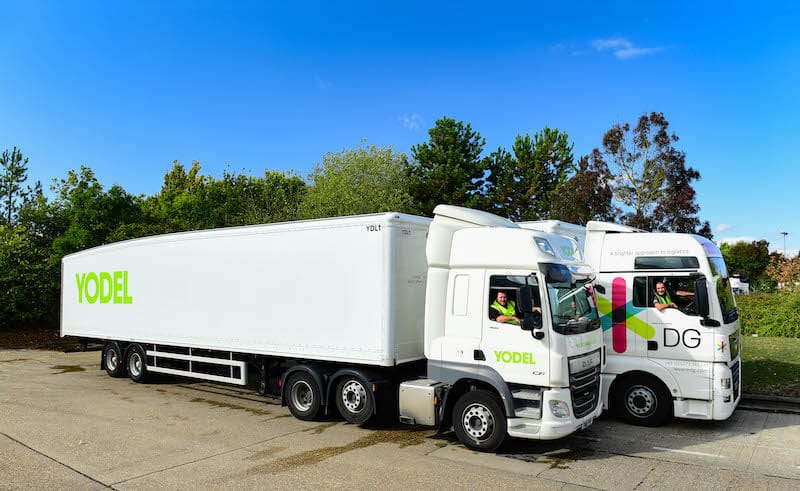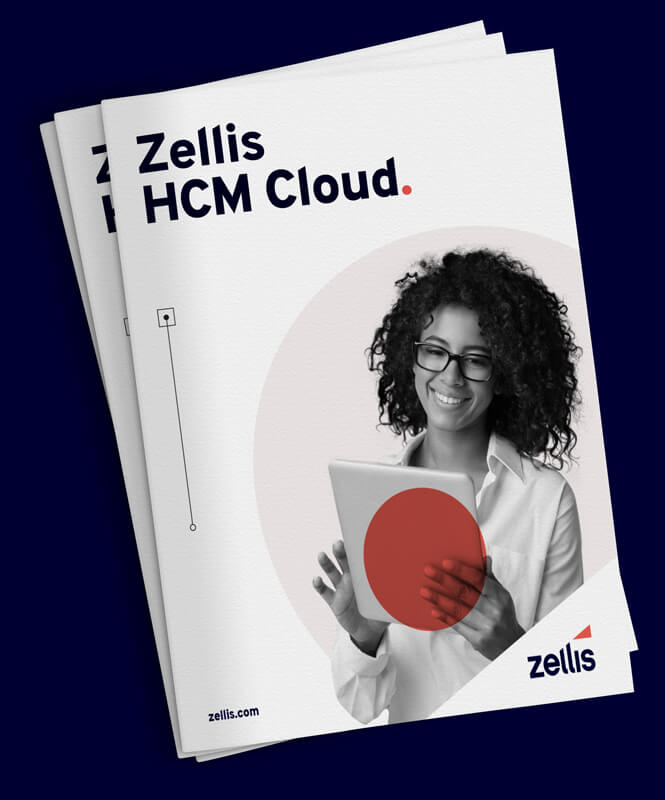In a previous blog post, we looked at the common employee onboarding challenges facing businesses today. Many of these challenges are typical of those facing the HR profession as a whole – the battle with manual and error-prone processes, a lack of visibility and data-driven insights, and the conundrum of how to build a stronger organisational culture.
As more businesses turn their attention to HR software solutions, employee onboarding is one of many areas that has the potential to be radically transformed. A dedicated employee onboarding software solution can help resolve the challenges mentioned above, all while helping to create a superior employee experience which drives talent acquisition and retention.
Here’s a more in-depth look at five key reasons to consider employee onboarding software.
1) Automation
When we think about the benefits of using software, automation is usually the first to come to mind. So many aspects of your HR function can be improved by using automation, and employee onboarding is arguably one of the most important. This is because it streamlines one half of the process – the time-consuming and mundane – yet absolutely essential – admin work.
Advances in electronic document management have streamlined the processing of paperwork, saving valuable time and reducing your environmental impact. Automated alerts can be arranged to notify your IT team in advance that new equipment needs to be set up. And there are many more potential applications of automation in employee onboarding.
What this means in practice is that your new hires (and their managers) are free to focus on the other, more impactful half of the process – relationship and knowledge building. Enabling your new hires to build strong connections and company knowledge in their first few weeks is key to unlocking long-lasting engagement and productivity.
So, while you save time and money by cutting back on manual tasks, you also empower new employees to start contributing to the bottom line as quickly as possible.
2) Self-service capabilities
Research from Sapling indicates that the average new hire has over 50 activities to complete as a part of their onboarding. Trying to keep track of these activities manually is only likely to lead to mistakes, delays and frustration – but unfortunately, it’s a challenge that many employees are tasked with.
Thankfully, the evolution of ‘self-service’ HR software is going a long way to help eliminate this challenge by giving employees all of the important information they need through one intuitive portal. It also enables them to take more control over activities such as completing forms, reviewing training materials, and setting up introduction meetings with their close team members after viewing digital organisational charts. Better yet, they can start doing all of this before they actually start their new role, from the comfort of their own home.
Another key benefit of onboarding self-service is that it makes everything feel more personalised to the individual. Rather than throwing a huge tome of company information at your new hire (much of which may be irrelevant to their particular role), you can ensure they only get what they need. This not only results in a smoother and more efficient process, but also reflects positively on your employer brand.
3) Security and compliance
At its most fundamental level, employee onboarding involves the processing of sensitive personal data – and this data must be handled securely and compliantly at all times. Relying on physical paperwork will never be the most secure option because of how easy it is to steal, compromise, or lose.
Processing onboarding information using a dedicated software system is a much more secure option, assuming that your provider meets the internationally recognised standards for data and information security, including EU GDPR. In addition, electronic document management helps to preserve HR records that must be retained for compliance purposes under statutory law.
A further benefit of enhanced security is that it grants your new employees peace of mind, knowing that their personal information is being properly handled and that as the employer, you’re acting responsibly.
4) Reporting and analytics
Your onboarding process should be something that you’re constantly reviewing and refining, so that you can make the most of potential cost and time savings, as well as deliver enhancements to the employee experience.
Employee onboarding software puts you in a much stronger position to do this. It’s another great example of the growing trend towards harnessing HR data to improve operational efficiency. Managers have a window of visibility into the progress of an individual’s onboarding, with reporting and analytics functionality helping them to identify and address any points of friction in the process. This is particularly useful for larger organisations in which one manager may be responsible for onboarding several new employees at once.
5) Culture
Last but not least, the overarching benefit of using employee onboarding software is that it helps to foster a culture of collaboration and business agility. The HR processes to which you expose your employees have a big impact on how they themselves work. If they are slow and highly manual, it won’t come as a major surprise if staff members apply the same mindset to their own tasks and – even more concerningly – to how they treat your customers.
On the contrary, if you invest in process automation and digital technology in all aspects of your HR function (including employee onboarding) you create a more positive and agile working environment for your staff. In this way, your employee experience becomes your ultimate recruitment tactic – and it helps you retain the best talent in the long-term.
To learn more about employee onboarding and talent management using our award-winning software, get in touch today.















